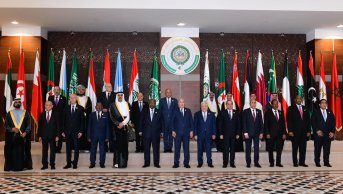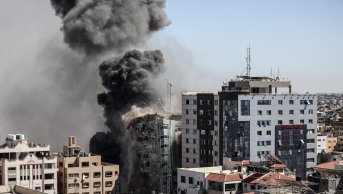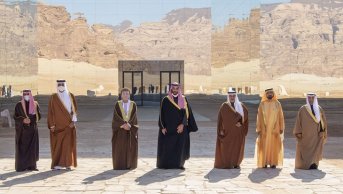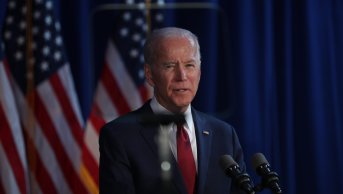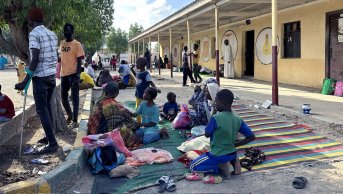Hosni Mubarak’s Political Heritage
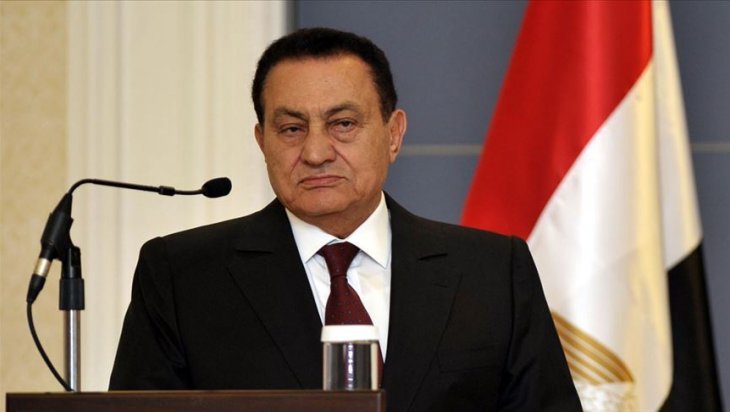
Hosni Mubarak, the ousted leader of Egypt, who remained in power for the longest time, died at the age of 92 on February 25. Born in 1928 to a poor family in the Monufia province of Egypt, Mubarak graduated from the Military Academy in 1949. He then joined the Egyptian Air Force and started to advance in rank. The young officer followed closely the coup d’état conducted by Gamal Abdel Nasser with the nationalist officers known as the“Free Officers” in 1952 and the subsequent transformation of the country. The defeat by Israel in the Six-Day War in 1967 put nationalist policies in crisis, and this defeat caused Egypt’s leading role and influence in the region to weaken.
Taking over from Abdel Nasser in the early 1970s, Anwar Sadat appointed Hosni Mubarak as the Commander of the Air Force in 1972. Since he played a critical role in the planning of the surprise attack on Israel in 1973, he came increasingly to the forefront and became a marshal. He was soon appointed as Vice President by Sadat in 1975. Anwar Sadat abandoned Abdel Nasser’s anti-Western approach and changed Egypt’s course in favor of the West. As in the case of the Camp David Agreement with Israel, Vice President Mubarak did not explicitly support normalization of relations with Israel and, yet, he did not oppose it either.
After the agreement with Israel, Mubarak witnessed harsh reactions to Egypt from the people of the region and other Arab countries. When Anwar Sadat was assassinated in 1981 as a result of these reactions, Vice President Hosni Mubarak naturally took over the duty. Mubarak continued Sadat’s policies in his own term that started in the 1980s and lasted for 30 years. He did not abolish the deal reached with Israel and established close ties with the United States. He brought Egypt, which was expelled from the Arab League due to the negative influence of the Camp David Agreement back to the Arab political scene, although with a lesser impact.
The Saudi Arabian-Egyptian relations, which were bad under Abdel Nasser’s reign, started to normalize during the Sadat period. However, even Saudi Arabia reacted to the Camp David Agreement and kept Egypt at a distance. The Mubarak administration normalized the relations with the Arab world and went on to develop close relations especially with Saudi Arabia. The most important regional development of the Mubarak era was the Iran-Iraq War that occurred between 1980 and 1988. Egypt supported Iraq militarily and economically against Iran. Almost one million Egyptian citizens were working in Saddam Hussein's highly developed Iraq. In 1983, he came closer to the Palestine Liberation Organization (PLO) and gave importance, though limited, to the Palestinian cause. Egypt was admitted back to the Arab League in 1989 due to the increasing normalization and its non-negligible importance.
Mubarak’s rule in modern Egyptian history lasted longer than his predecessors. Strict surveillance and control methods, as well as security measures of the Egyptian leader, who survived numerous assassination attempts, proved effective on this point. In addition to his military career and the assassination of his predecessor Sadat, his refrainment from his own people played an important role in this security-oriented approach. In fact, Mubarak did not even have a photo taken in public. The pictures have always been taken in controlled and high-security environments. Unlike Anwar Sadat, Mubarak did not appoint a vice president as he might have been afraid of a palace coup until the end of his 30-year rule.
Seizing important opportunities in the post-Cold War, Mubarak’s Egypt played a serious role in shaping the new Middle East in the 1990s. The most important of them was the Gulf War against Saddam Hussein’s invasion of Kuwait. Egyptian troops were among the first soldiers to arrive in Saudi Arabia as part of the Allied Forces. Egypt received financial aid from the Gulf countries during and after the war, and the US, the EU, and the Gulf waived its $20 billion debt. Saddam’s loss of power weakened the anti-Western nationalist camp in the Arab world and let the Western camp come to the forefront.
The little-known side of Mubarak was the role he played as a mediator, just like Bill Clinton, between Syria and Turkey after the former was threatened by the latter for hosting the PKK. Thus, PKK leader Ocalan was deported from Syria with the signing of the 1998 Adana Agreement. Despite his rivalry with Saddam Hussein, unlike the Gulf countries, Hosni Mubarak opposed the invasion of Iraq in 2003, saying that the Palestinian issue should be resolved first.
It was the first time that a rival challenged him in the 2005 presidential election, and yet, he won the election with security measures. In the wake of the election, he had his rival Ayman Nour jailed for five years. Two main characteristics of the Mubarak regime were the prevalence of repression and corruption. Although several political parties were established, they were to create a multi-party atmosphere in the country instead of standing as the real opposition. During this period, police harassment against real opponents and young people, and extrajudicial punishment became a common phenomenon. Control and censorship on media, universities, and mosques reached high levels. Just like in all closed and central administrations, corruption remained a major problem in Egypt for a long time. Lack of independent democratic control mechanisms also made it impossible to fight corruption.
Anwar Sadat’s opening policy manifested itself later in domestic politics under Mubarak as well: The Muslim Brotherhood Organization (Ikhwan) was allowed to operate in society without being recognized as a legitimate group. The Mubarak administration let this practice continue. It did not prevent the social assistance, education and religious activities of the Muslim Brotherhood. (Maybe it just could not do so.) The Muslim Brotherhood, which spread with its social base and was effective in student clubs and professional chambers, entered the parliament in the 1980s despite all of the obstacles. Sufi groups were supported and the obstacles before apolitical Salafist groups was removed so that the Ikhwan influence would be broken.
In terms of the Egyptian economy at this time, although the Egyptian economy was liberalized during the Mubarak period, a distorted economic structure was formed as the politics was not liberalized. The Mubarak family and their supporters have accumulated billions of dollars from corruption, bribery and normal business. For example, it is said that Mubarak took serious bribes in order to sell Egyptian natural gas to Israel at a cheaper price compared to the whole market. The Mubarak family made significant financial gains by taking bribes from successful companies or or by being their compulsory partner. Conglomerates that did not cooperate or grew uncontrollably could also be bankrupted by the state. Such an unregulated regime had trouble in attracting investments from the outside. While this unbalanced economic environment increased unemployment in the country, it also kept workers under legal and economic pressure. After the revolution, the Cairo Court would convict Mubarak and his sons of corruption.
When the riots that started in Tunisia at the end of 2010 ousted the Zine El Abidine Ben Ali administration, strong protests began in Egypt, which had similar problems. Mubarak, the father, who previously wanted to make his son Gamal Mubarak the president, withdrew his support from his son as the protests did not stop, even though 800 people were killed. Mubarak even appointed Omar Suleiman vice president to get the support of the army. Nevertheless, as the demonstrations continued, the Egyptian army removed Mubarak from power. With this action, meaning its being a kind of coup, the Egyptian army chose to save the ship (the regime) by sacrificing the captain. However, the military regime, which took Mubarak under protection, kept him out of sight and hence, prevented him from being harassed until his death.
The two most important issues in Mubarak’s foreign policy were security and the priority of protecting the current regime. Mubarak stood close to the US and the West by adhering to the Camp David Agreement signed with Israel. He continued to cooperate with Israel without appearing to be so close to it. On the other hand, he developed good relations with the PLO and tried to mediate the negotiations with Israel and took a negative stance towards Hamas. In addition, Mubarak took a negative attitude towards the Islamic Revolution in Iran, hosted the ousted Shah and established close relations with the Gulf countries. The Egyptian leader knew that good relations with the US depended on maintaining good relations with Israel; and yet, he ignored the democratization demands of the Middle East that emerged as a result of the 9/11 attacks and only made symbolic changes.
This article was published on the website of Anadolu Agency on 28 February 2020 with the title “Hüsnü Mübarek’in Siyasi Mirası” (Hosni Mubarak’s Political Heritage).

